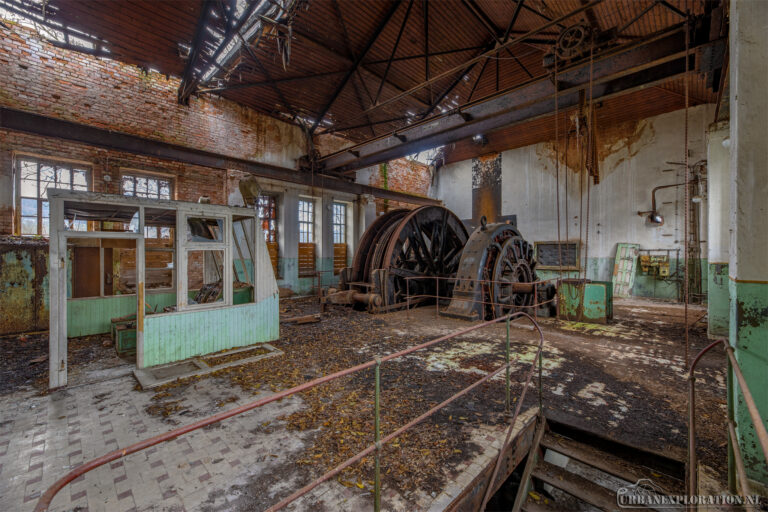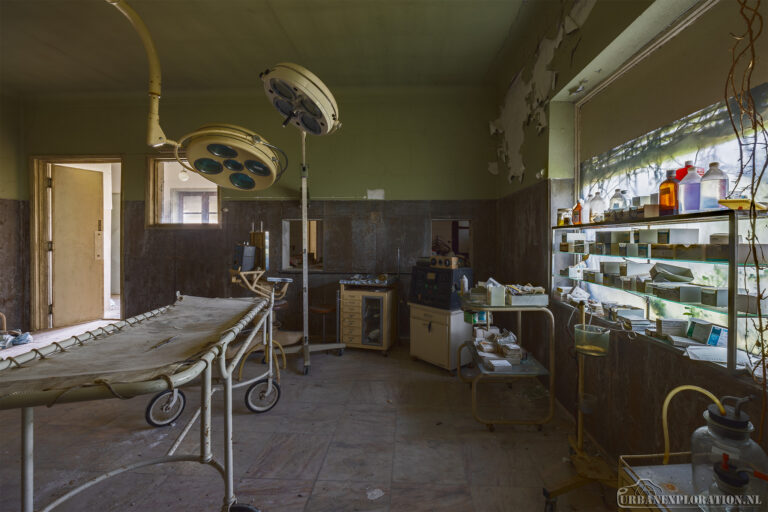Saarberg Bergwerk / Grube Luisenthal
The Grube Luisenthal, also known as the Saarberg Mine Luisenthal, is located in the Saarland region near Völklingen, along the Saar River. It was once one of Germany’s most renowned coal mines. Its origins date back to the 18th century, when coal was already being extracted from surface seams in the area. In 1820, the mining fields “Bauernwald” and “Großwald” were merged to form the “Grube Gerhard,” later renamed Luisenthal. Over time, the mine expanded into a major industrial complex with multiple shafts, railway connections, and deep mining fields where fat coal was extracted from depths exceeding 600 meters.
During the 19th and 20th centuries, Luisenthal became part of Saarbergwerke AG, the central coal mining company of the Saar region. It was one of the most modern operations of its time, featuring extensive underground tunnels, ventilation shafts, and coal processing facilities. Throughout its lifetime, the mine produced more than 58 million tons of coal.
However, the history of Luisenthal took a tragic turn on February 7, 1962, when a devastating explosion of methane gas and coal dust occurred in the Alsbach field at a depth of around 600 meters. The disaster claimed the lives of 299 miners, making it the deadliest mining accident in the history of West Germany. Only 61 men survived. The catastrophe, which destroyed large parts of the underground workings in seconds, led to sweeping reforms in mining safety including improved ventilation systems and strict dust control measures. A memorial now stands at the site, where annual remembrance ceremonies are held to honor the victims.
After decades of operation, coal production gradually declined in the 1990s, and on June 17, 2005, mining in Luisenthal officially came to an end. Since then, the site has been partially restored and integrated into the Industrial Heritage Saarland program, which preserves key sites of the region’s mining and steelmaking history. Remaining structures such as the old shaft towers, conveyor systems, and the large Luisenthal spoil heap (Bergehalde) still dominate the landscape, serving as silent reminders of the area’s industrial past.
- Visited - February 2005
- Defunct - Unknown
- Status - Demolished
- Country - Germany



































